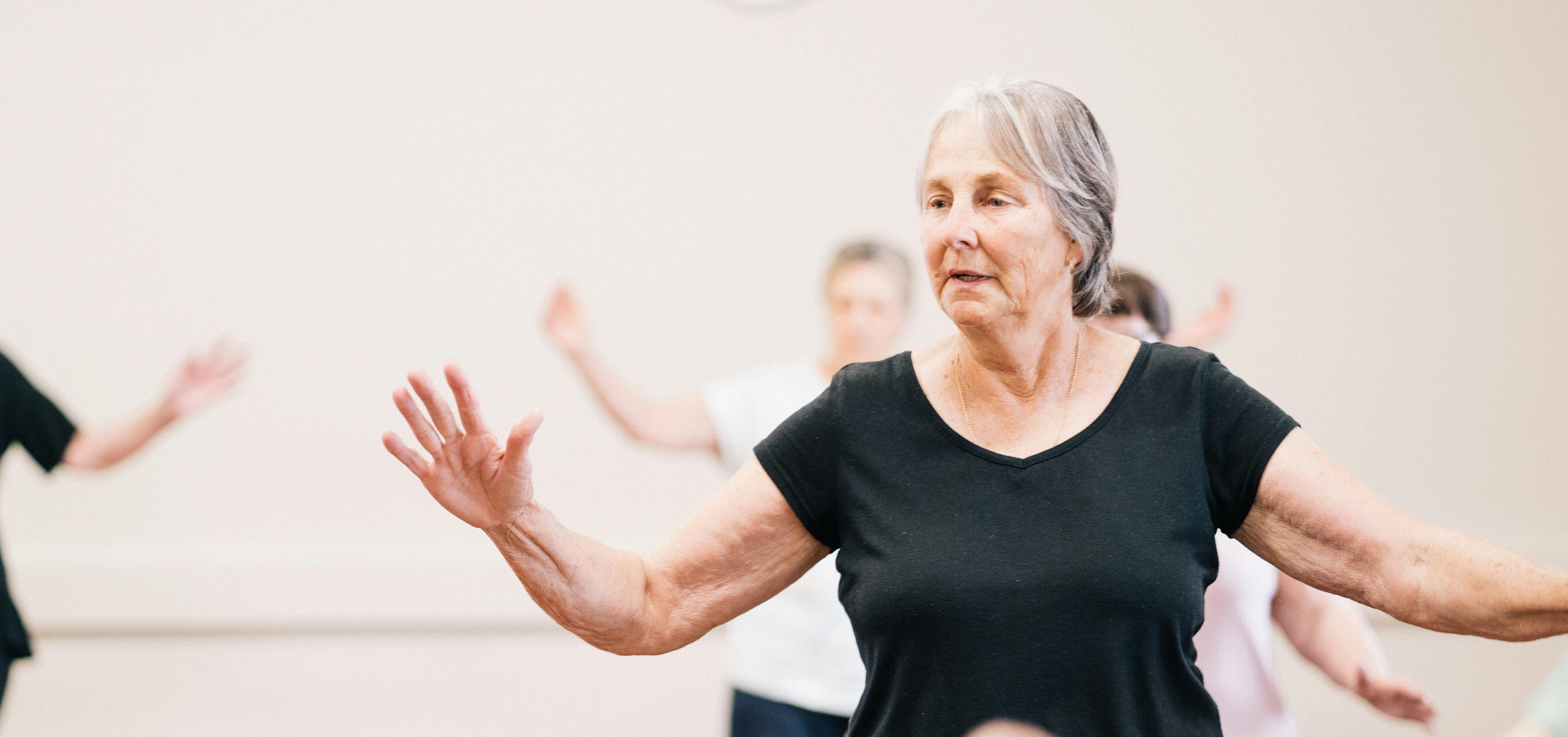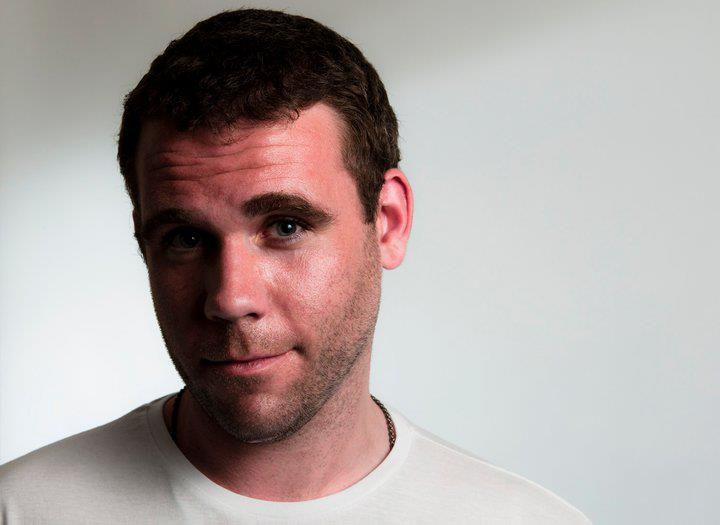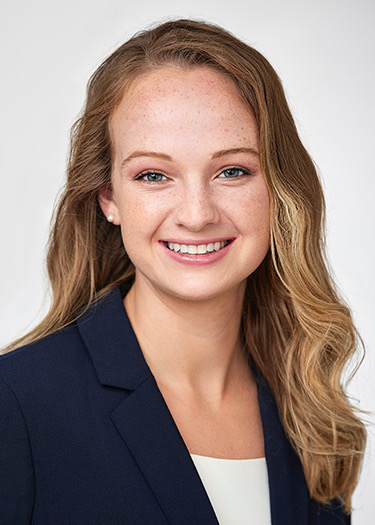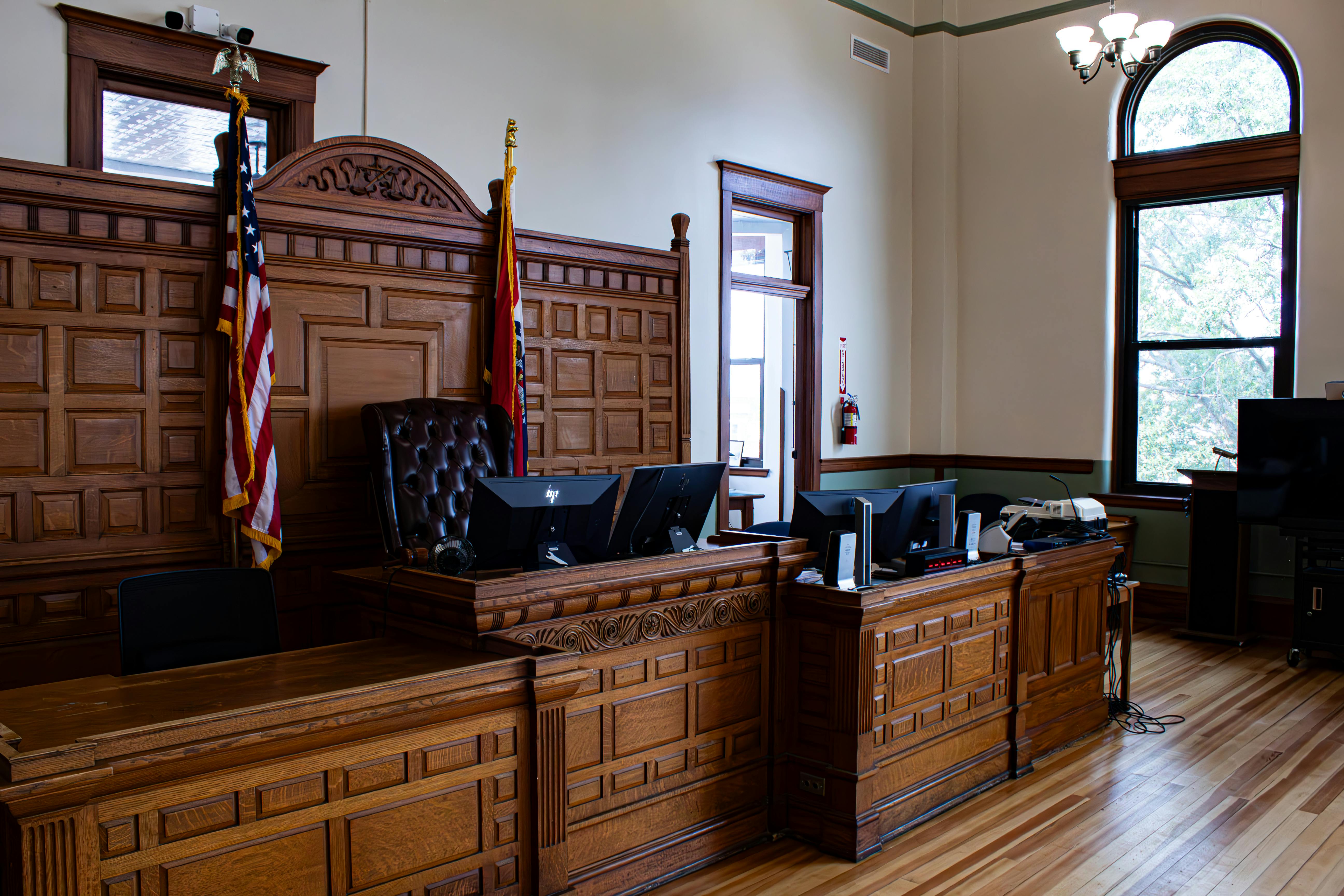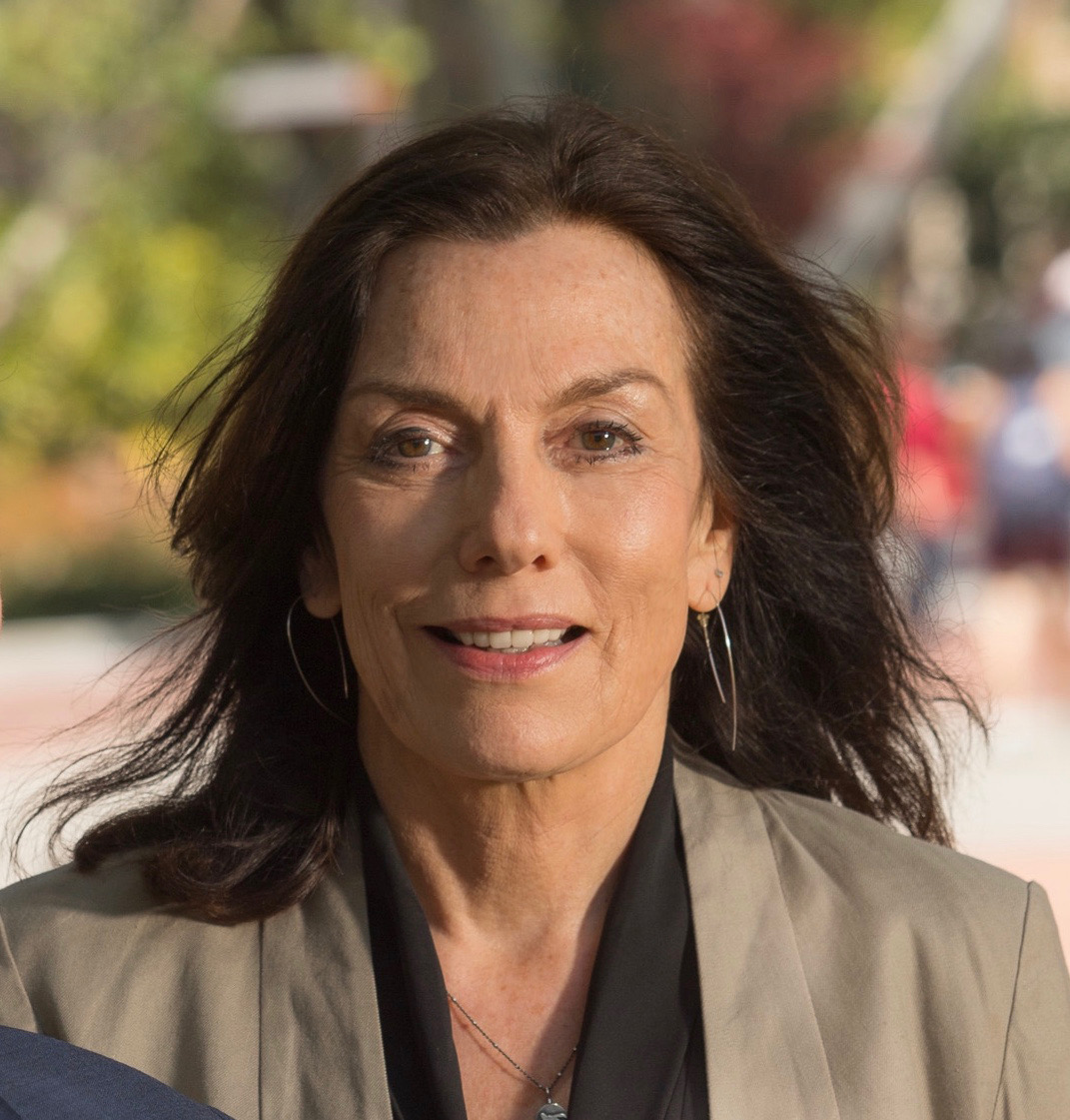Throughout mankind’s existence, human beings have used dance to show their thoughts, feelings, attitudes and ideas. Dance has been used to show humanity’s needs and wants. Along the way, dance has also helped people stay fit and build skills. For scientists who study the brain, dance and music are proving to be a great way to learn how the brain changes when we learn new movements, steps and patterns. These brain changes can help improve health, thinking skills, memory and the ability to get around—especially in older people or those with brain diseases like Alzheimer’s or Parkinson’s or brain injury like stroke.
In social dancing, dances that have been developed over the past 150 or so years, starting in the 19th century (like polka and Viennese waltz) and emerging from dances from the previous centuries (like the minuet), partners work together to move synchronously with music. This partnership and collaboration requires both brainpower and coordination. The studies in this collection look at how people learn to move and how that learning to do new steps may affect their brains in interesting ways. These studies also explore how dance and movement can improve health, thinking, and quality of life in people with memory loss, brain cell loss or brain injuries.
The beginning of the collection looks at how regular physical activity—like walking or dancing—can help people with memory loss think more clearly. Research shows that staying active may help slow down memory loss. Other studies show that moving with mindfulness, or being aware of your body and feelings while dancing, can make people more curious and engaged. This creative and curious movement exploration may help people grow emotionally and mentally and thereby lead to a higher quality of life, especially in one’s later years, when we want to increase not just our lifespan but also our healthspan.
One of our studies shows how dance can help people with Parkinson’s who have trouble speaking. The rhythm and movement in dance may help them talk more easily and move better. Another report shows that people with Alzheimer’s who took part in a special dance program designed for their needs were able to feel better and were more active.
Another study looks at how people who have danced or enjoyed music throughout their lives feel about dance therapy used to rehabilitate function. Even people with mild memory loss found it helpful. This study conducted special group interviews that let people open up about their history with dance and music and what kind of ‘relationship’ they have with music and dance. It was very special to get this group of people who contend with memory loss and their caregivers together to share their experiences. The results of this inquiry shows that personal, historical and cultural experiences matter when using dance or music as therapy.
Overall, these studies tell a story. Dance and movement can be powerful tools to help people—particularly those with memory problems—stay healthier, think better, and enjoy life more.
For free access please follow this link and login or create an account on Sage Journals. Once logged in you'll be able to access the articles here. Those who already have access through their institutions can go directly to the issue here.
Issue Details
Mini-Forum: Neuropsychological impact and mechanisms of creative movement: Implications for rehabilitation for aging, neurodegenerative disease, and neurotrauma
First published: June 1, 2025
Volume 105 Issue 4, June 2025
Journal of Alzheimer’s Disease
